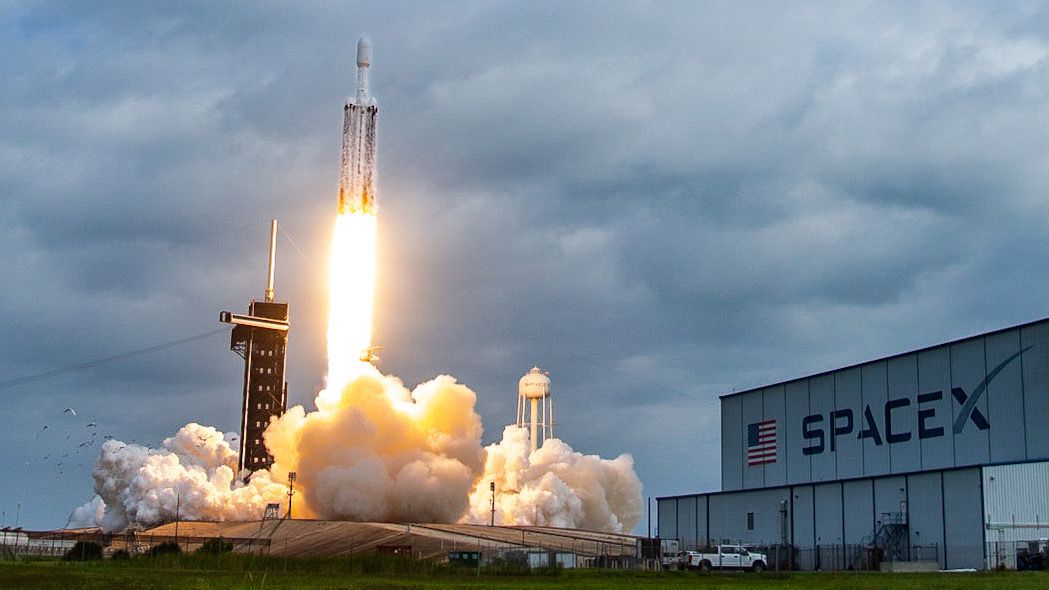SpaceX Falcon 9 Launches 23 Starlink Satellites Today
By Mantasha - May 24, 2025
SpaceX successfully launched the Falcon 9 Block 5 rocket as part of the Transporter-10 mission, carrying 60 small satellites into low Earth orbit. The diverse payload included communication satellites and technology demonstrators, showcasing SpaceX’s commitment to supporting the small satellite industry. The rocket’s first stage landed on the drone ship, highlighting reusability and sustainable operations. With a focus on rideshare missions, SpaceX aims to meet the increasing demand for satellite services and continue revolutionizing space access.

Rocket From SpaceX via Space
On May 24, 2025, ,[object Object], achieved yet another milestone in its ambitious space exploration agenda with the successful launch of the ,[object Object], rocket from Cape Canaveral Space Force Station in Florida. This mission, designated Transporter-10, was part of ,SpaceX,'s dedicated rideshare program, which aims to provide affordable access to space for small satellite operators. The Falcon 9 lifted off at precisely 11:15 AM UTC, carrying a total of 60 small satellites into low Earth orbit (LEO). This mission was particularly notable for featuring a diverse range of payloads, including communication satellites, Earth observation instruments, and technology demonstrators from various private and governmental organizations. The launch showcased ,SpaceX,’s commitment to supporting the burgeoning ,[object Object],.
The ,Falcon 9 Block 5, rocket is renowned for its reusability, and this particular mission marked the seventh flight of its first stage. After a successful ascent, the rocket’s first stage executed a flawless landing on the drone ship "Of Course I Still Love You," stationed in the Atlantic Ocean. This recovery not only reduces costs but also emphasizes ,SpaceX,’s focus on sustainable space operations. The payload deployment occurred approximately 15 minutes after liftoff, with all satellites being successfully released into their designated orbits. The mission control team celebrated as telemetry confirmed that each satellite was operational and functioning as intended.
The success of Transporter-10 highlights the growing trend of ,[object Object],, which allow multiple payloads from different customers to share the same launch, significantly lowering costs. With increasing demand for satellite services, particularly in communications and Earth observation, ,SpaceX, is well-positioned to meet the needs of a rapidly evolving market. Moreover, this launch underscores ,SpaceX,’s role as a leader in the commercial space sector, providing reliable and efficient launch services. The company's innovative approach not only accelerates the pace of satellite deployment but also encourages collaboration among various stakeholders in the space industry.
Looking ahead, ,SpaceX, plans to continue its ,rideshare missions,, with several more launches scheduled in the coming months. The company is also preparing for upcoming crewed missions and interplanetary exploration as it works towards its long-term goal of making space travel accessible to all. The May 24 launch of the ,Falcon 9 Block 5, represents another successful chapter in ,SpaceX,’s journey toward revolutionizing space access. With its focus on reusability and affordability, ,SpaceX, is not only reshaping the landscape of satellite deployment but also paving the way for future advancements in space exploration.


